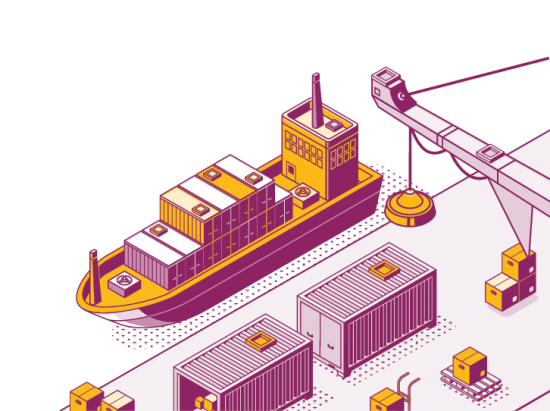How Did the Suez Canal Blockage Back Up Shipping for Months?
Parker College of Business

The Suez Canal is a 120 mile long, 670 feet wide, 78 feet deep artificial sea-level waterway. The alternative to navigating through the Suez Canal to transport product between East Asia, Europe and the United States is to sail south of Africa around the Cape of Good Hope which is 10 days longer than the Suez route with higher fuel and crew costs. The Suez Canal is a very important part of routings for global supply chains. Ships sailing through this busy waterway account for roughly 12% of global trade and substantial portions of oil and natural gas shipments.
So in March 2021, when a 1312’ long and 194’ wide container vessel named the Ever Given ran aground in the Suez Canal, and blocked traffic in both directions for 6 days, it was a not just a local shock, it was a disruption to global trade that made waves around the world for weeks to come. The cost of the canal closure was estimated at $10 billion per day ($7 million per minute). These costs are staggering, but even more staggering, and much harder to quantify, are the cascading losses throughout global supply networks emanating from the Ever Given’s blockage of the Suez Canal.
On average the canal services 70 ships daily. Thus, the total traffic jam on both sides of the canal swelled to over 400 vessels. These essentially idled resources represented a 20-30% loss in capacity for a major ocean carrier. Eventually these delayed vessels arrived at ports of call and created severe congestion at seaports like the Port of Savannah. It is often said that timing is everything, and this kink in global supply chains added another challenge atop the persistent surge of supply chain challenges while recovering from the unprecedented disruptions of the COVID-19 pandemic.
— Jerry Burke, Ph.D., Professor, Department of Logistics and Supply Chain Management
